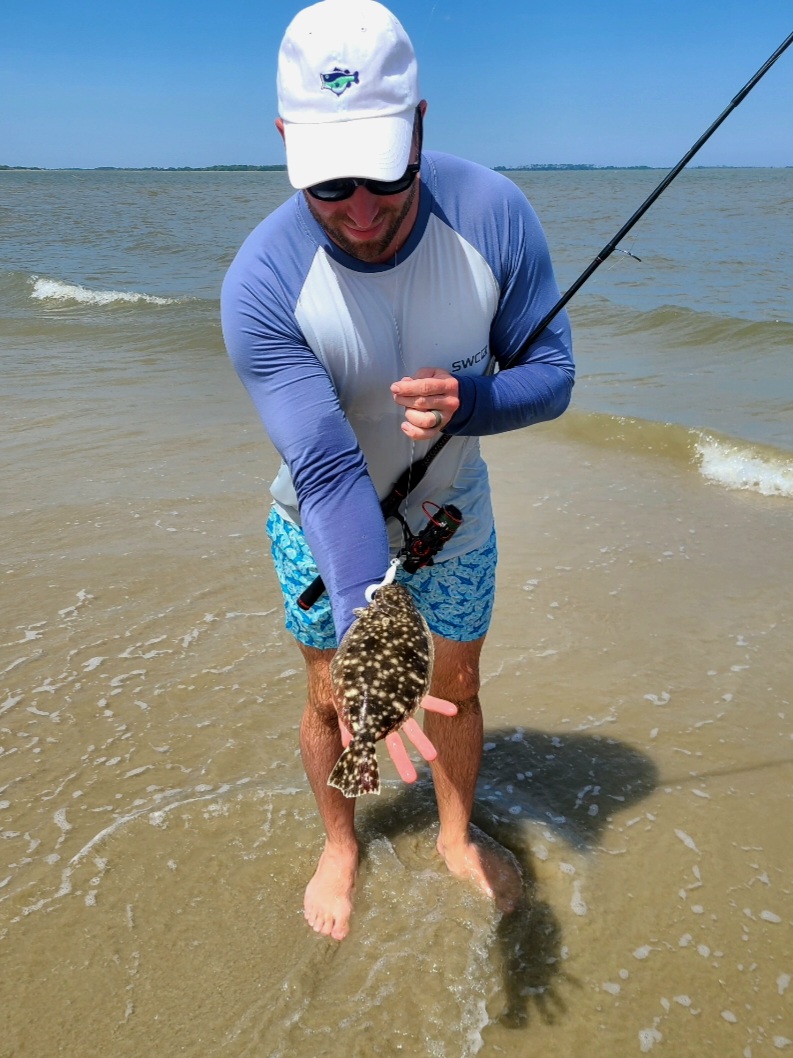
Here Comes the Sun: How to Protect Your Skin and Stay Cool this Summer
Written By: Mike Poulsen, Sales Executive
A very brief natural history of the Sun
The Sun: a 4.5-billion-year-old star, composed of burning hot hydrogen and helium. It gives us seasonality, we plan our vacations around it, early cultures worshipped it, The Beach Boys made a career out of having fun in it, our ecosystem couldn’t exist without it. How can a celestial body that holds our planet in a tight orbit around its life-giving rays be so harmful to our skin at the same time? These are the things I think about as I slather my 5-year-old son with SPF 50 before letting him cannonball into the lake. I’d like to think I do a way better job of blending in the sunblock than my mother did—she would send me to the pool looking like I fell into a vat of zinc oxide. Much to my chagrin, she still likes to bring this up every time we go swimming at her pool. But there’s a good reason our parents did this to us, and with Summer Sun Safety Month afoot, it’s important I share some useful tips!
Mom was right.
Most people know the UV (ultraviolet) rays from the sun can cause severe burns in the summer months, but did you know seeking protection from these rays is important year-round? Even in Winter, bright sunlight reflects off wet surfaces like snow and ice. Long term exposure to these rays can result in skin cancer later in life (and this goes for tanning beds as well). I spent a significant amount of my teenage years sitting in a tall lifeguard chair, squinting at a lake as the setting sun’s rays glared off the water. Despite the UV index being lower, I was most susceptible to burn because I always assumed I’d be safe that late in the evening, so I didn’t reapply sunblock. As a now older (and somewhat wiser) wellness professional, I take far better care of my skin when I’m outside.
Below are some of the top ways in which I practice sun safety:
- Apply a sunscreen with an SPF of at least 30 to all exposed areas. Sweating, toweling, and swimming can reduce its effectiveness over time so reapply every two hours or as directed.
- Your lips can burn too—look for lip balm with a built in SPF.
- Long sleeved shirts and pants with a UV protection factor also offer great protection, especially when used in conjunction with sunscreen. Tight-knit fabrics will work as well. There are lots of great breathable options that will keep you cool in the hotter months. I like the sun shirts with built in hoods to protect my neck and ears.
- I will sometimes wear a gaiter around my neck/face for extra protection when I’m fishing to protect against glare coming from the water.
- Don’t forget a ball cap/wide brimmed hat and sunglasses whenever possible!
- Protect your eyes, always. Wear sunglasses and consider polarized lenses to decrease eye strain and discomfort in bright sunlight.
What about heat?
As a lifelong denizen of the Midwest, I will take any hot day I can get. But heat can be dangerous, especially in regions that are subject to extreme conditions. Heat is one of the leading weather-related killers. Infants, young children, older adults, and people with medical conditions are particularly at risk. It is never safe to leave a child or pet locked in a car, even in winter. Make sure you plan outdoor activities accordingly and drink plenty of water BEFORE you engage in outdoor activities. Never wait until you are thirsty—it could be too late. If exertion in the heat makes you feel dizzy, nauseous, or gasping for breath, seek a cool area or shade immediately. Heat related illnesses such as cramps, heat exhaustion, and heat stroke can come on quick if not careful. There’s still plenty of summer sunshine left this year, so let’s be safe—your future self will thank you for it!
